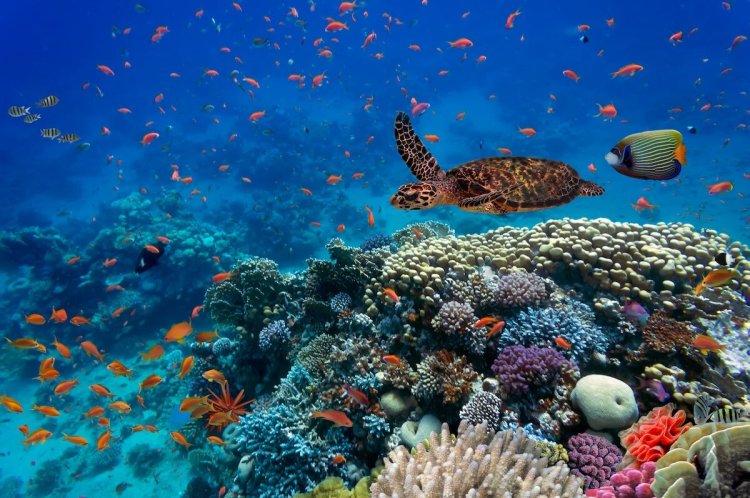Coral reefs are often hailed as the "rainforests of the sea" due to their immense biodiversity and ecological importance. These vibrant ecosystems, teeming with life, provide critical services such as coastal protection, habitat for marine species, and support for local economies through tourism and fisheries. However, the health of coral reefs worldwide is under severe threat from various environmental pressures, making monitoring and conservation efforts more crucial than ever. The Global Coral Reef Monitoring Network (GCRMN) plays a pivotal role in this endeavor, offering a comprehensive approach to understanding and safeguarding these underwater marvels.
Established in the 1990s, the GCRMN is a collaborative initiative that brings together scientists, conservationists, and local stakeholders from around the globe. Its primary mission is to monitor the status and trends of coral reef ecosystems, providing essential data that informs conservation strategies and policy decisions. The network operates through a series of regional and national programs, each contributing valuable insights into the health of coral reefs and the effectiveness of management practices.
One of the key functions of the GCRMN is to standardize the collection and analysis of reef data. This ensures that information is consistent and comparable across different regions, which is critical for assessing global trends and identifying areas of concern. The network employs a range of monitoring methods, including field surveys, remote sensing technologies, and ecological assessments, to gather data on coral cover, reef fish populations, and the impacts of climate change and human activities.
The insights gained from GCRMN's monitoring efforts are invaluable for developing targeted conservation strategies. For example, data on coral bleaching events, which are often caused by elevated sea temperatures, can help predict future risks and guide interventions such as reef restoration projects or the establishment of marine protected areas. Additionally, the network’s findings support advocacy efforts, raising awareness about the urgent need to address threats such as overfishing, pollution, and coastal development.
Beyond its scientific contributions, the GCRMN also emphasizes the importance of community involvement in reef conservation. By working closely with local communities, the network fosters a sense of stewardship and empowers people to take action in protecting their marine environments. Educational programs and participatory monitoring initiatives help bridge the gap between scientific research and on-the-ground conservation efforts.
In summary, the Global Coral Reef Monitoring Network is a cornerstone of global reef conservation. Its comprehensive monitoring and data-sharing efforts are essential for understanding the current state of coral reefs and addressing the challenges they face. Through collaboration, standardization, and community engagement, the GCRMN is making significant strides in preserving these crucial ecosystems for future generations. As we face escalating environmental threats, the continued support and expansion of such networks will be vital in ensuring the resilience and survival of our planet's coral reefs.
